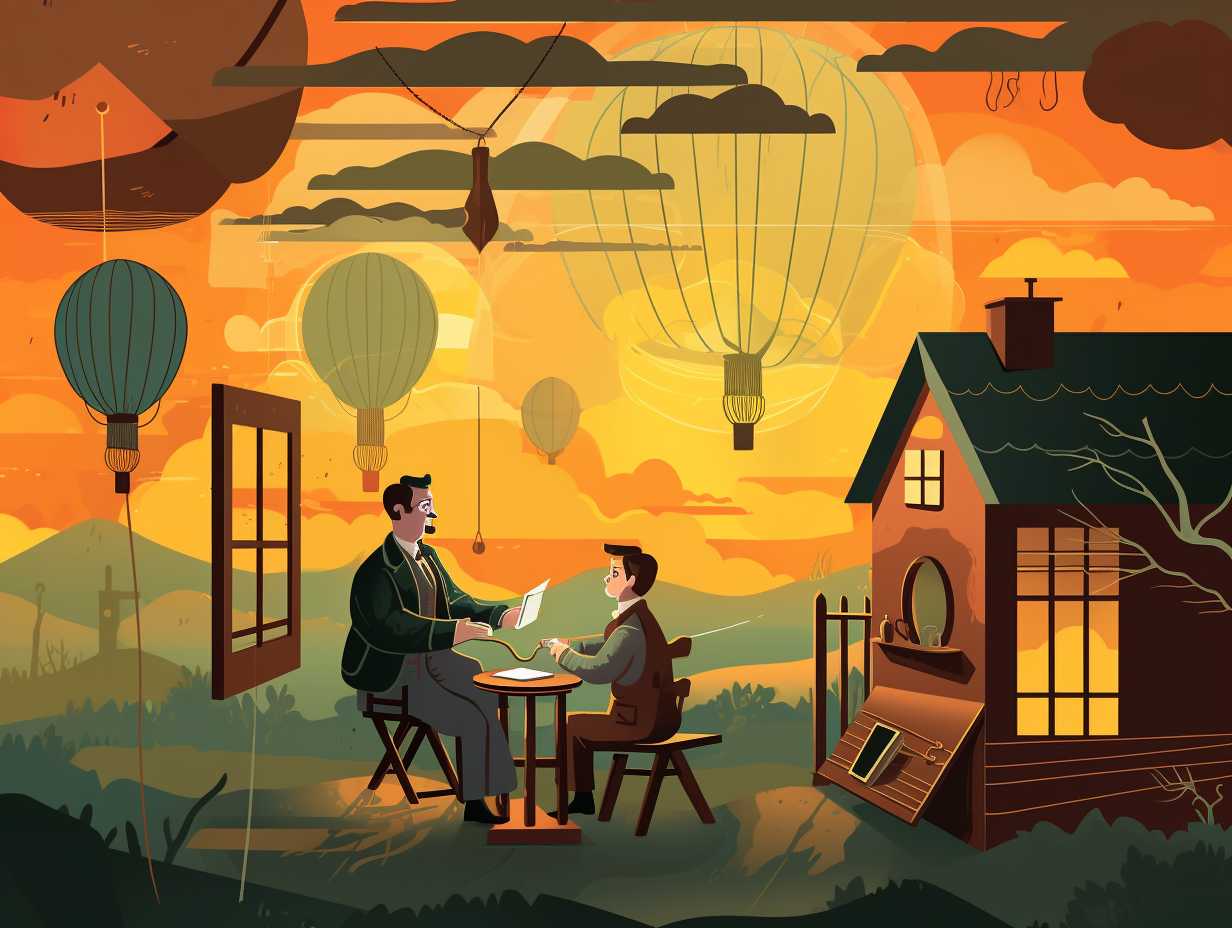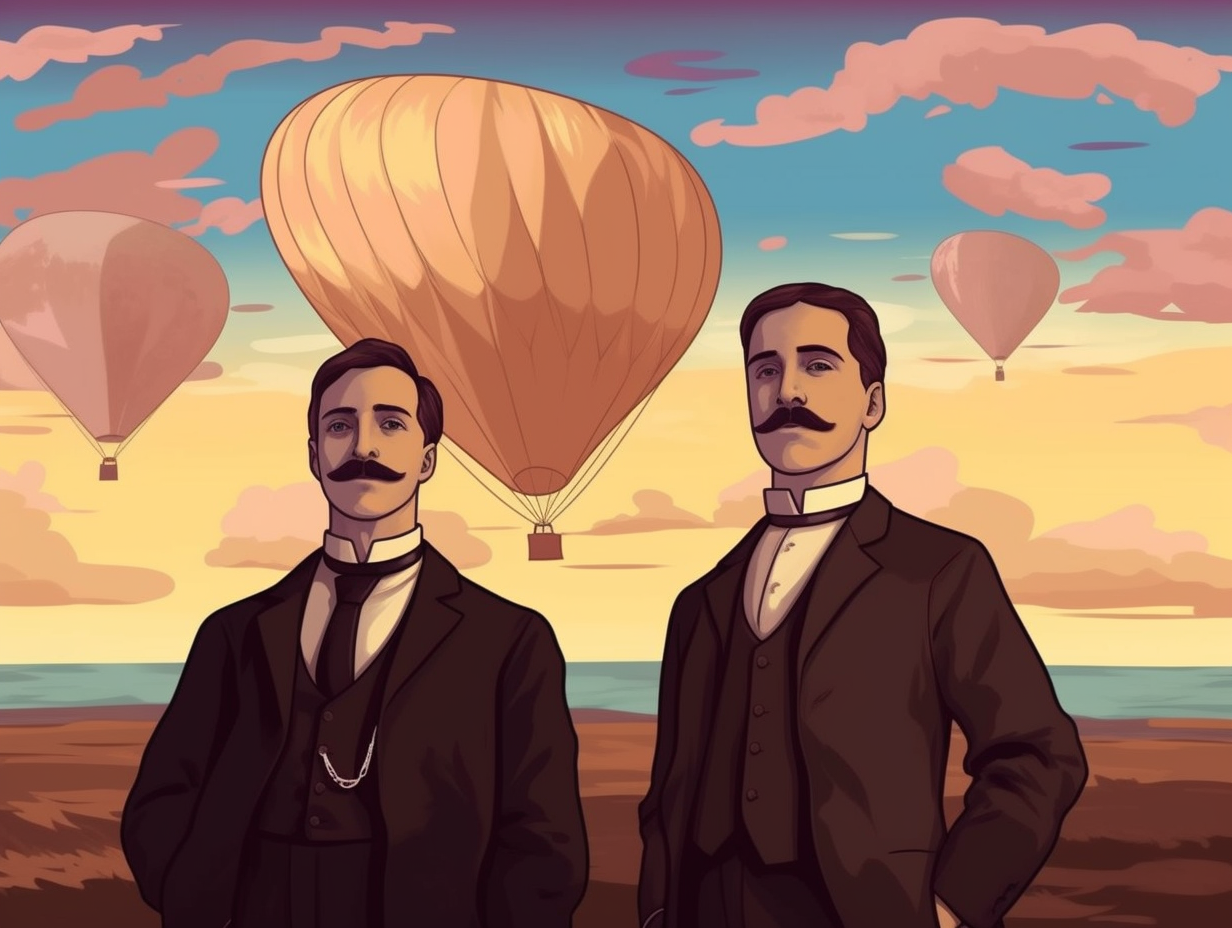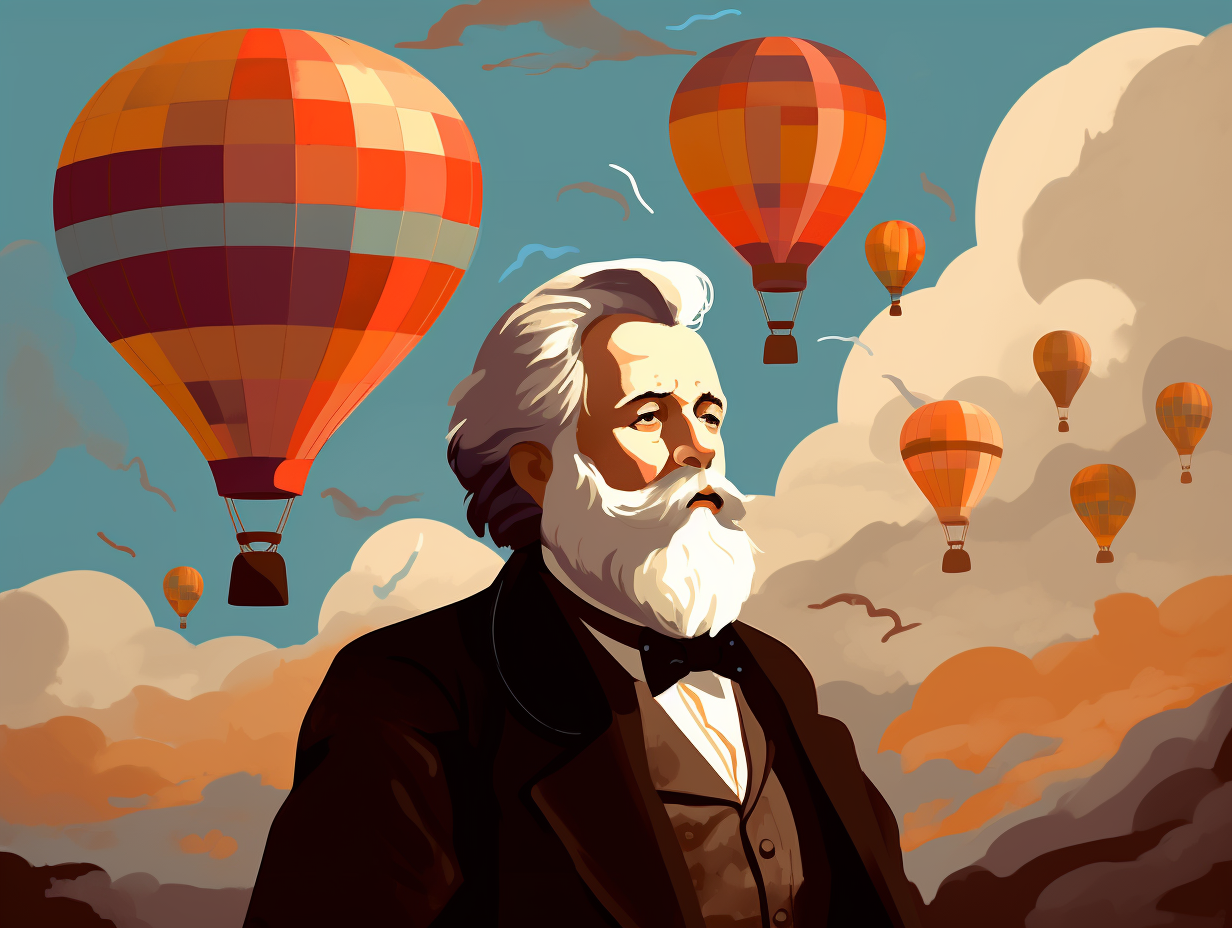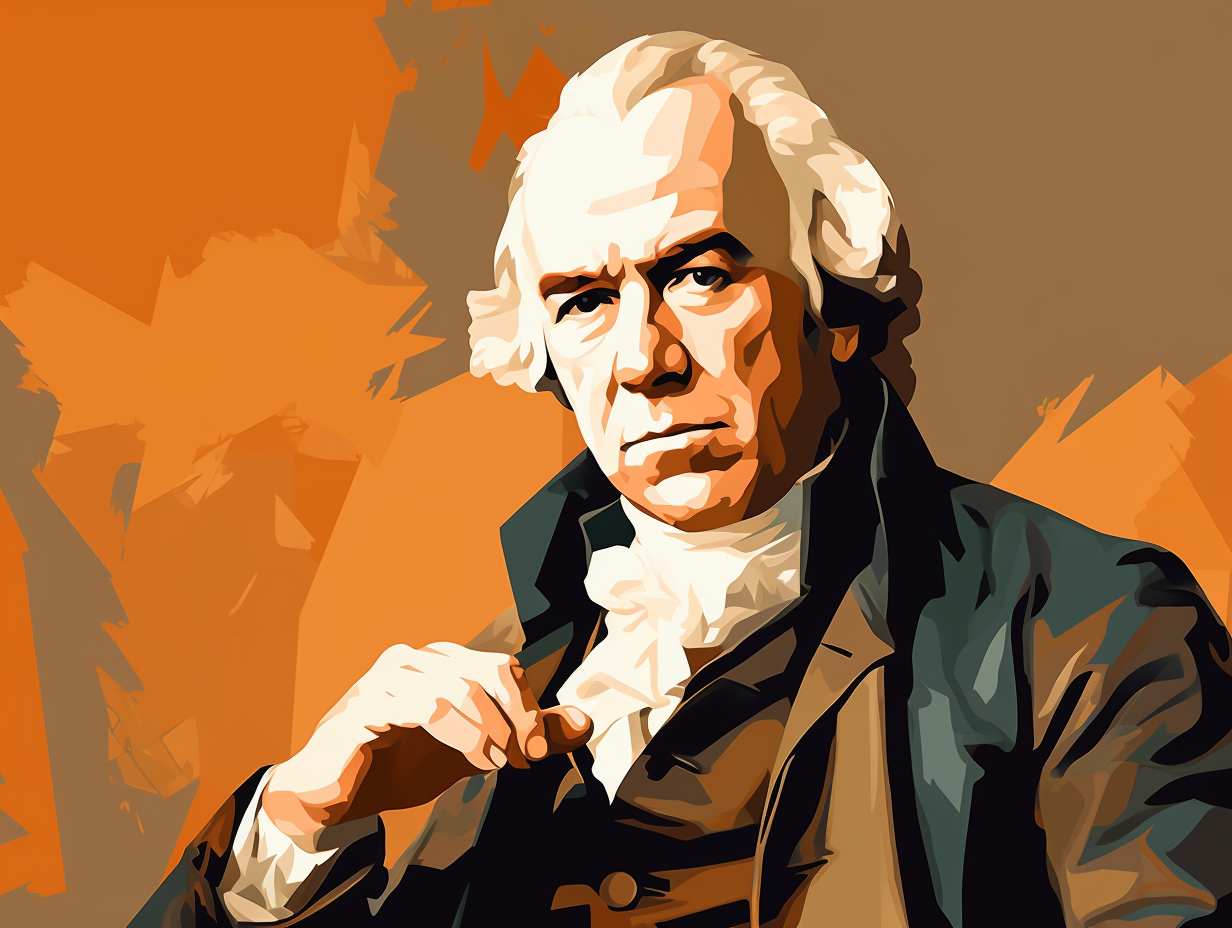Discover the Unexpected: Top 8 Fun Facts About Morse Code That Will Amaze You!

1. Titanic's Morse Code Distress Calls
Ahoy, mateys, who needs the great Jack Sparrow when you've got the trusty Morse code as your savior in times of crisis? Avast ye: During the Titanic disaster, Morse code proved instrumental in communicating distress signals to nearby stations, including the Marconi Company station at Cape Race, Newfoundland. Initially using the signal CQD and later adding SOS, these distress calls were received by various ships, ultimately leading the Virginian to aid the Titanic, though some messages were tragically cut short or ended abruptly.
Source => novascotia.ca
2. SOS: A Culinary Telegram
Before you SOS (Save Our Stomachs) from swallowing those seafaring myths of "Save Our Souls" or "Save Our Ship", we've got a much more plain truth to serve up: SOS was merely chosen for its simple Morse code recipe of three dots and three dashes, cooked up by Samuel Morse and Alfred Vail in the 1830s to transmit complex messages like a culinary telegram, where they assigned each English alphabet letter a flavor of dots and dashes to be savored over long telegraphic distances.
Source => history.com

Did you know "SOS" became the go-to distress signal for its simplicity in Morse code, a key tool in the groundbreaking 1830s telegraph system? Discover more Morse-el fun facts!
=> Fun Facts about The-Telegraph
3. SOS: Not What You Think!
Before you recite "Save Our Souls" in Morse code during a heated game of trivia, we've got news for you: SOS doesn't stand for what you think it does! In fact, it's not even an acronym: The "SOS" distress signal is actually a sequence of three dots, three dashes, and three dots, chosen for its memorability and ease of recognition in Morse code. These letters were internationally standardized in 1906 for maritime emergencies, and while they're no longer exclusively used for seafaring shenanigans, SOS remains the universal sign for "Help, I need somebody – not just anybody!"
Source => en.wikipedia.org
4. Dits, Dahs, and Dash-terpiece Theater
Before there was texting, folks across the globe dabbled in a little "dash-terpiece theater," putting their "dot-iness" to work with dits and dahs galore: Morse code, developed by Samuel Morse in the 1830s, uses a series of long and short signals to represent letters and numbers, and was widely used during World War II for crucial military communications. Today, pilots and sailors still tap into this vintage form of instant messaging, a testament to its enduring charm and efficiency.
Source => iwm.org.uk

5. Morse Code Rocks and Rolls
When you can't decide if you want to rock and roll or send an SOS: Morse code is not only a communication system of dots and dashes but has found its way into music compositions, like Jimmie Haskell's Morse code-inspired theme song for the TV show The Fugitive.
Source => dis-blog.thalesgroup.com
6. The Beep and Pause Golden Age
Before computer keyboards had their QWERTY moment and transformed our digital chitchat forever, there was an ingenious system of beeps and pauses that wooed damsels, infuriated enemies, and saved countless sailors from sinking deep into Poseidon's watery embrace: Morse code was the not-so-universal international code for maritime communication in the 20th century, even shining during World War II. It was also the golden standard for aeronautical communication and a must-know for all pilots, civilian and military. Today, nostalgic hobbyists and radio operators still use Morse code, while the United States Air Force ensures that some folks stay up to speed with good ol' beeps and pauses.
Source => en.wikipedia.org
7. Horse-inspired Morse Code
Before he was dashing off urgent telegrams, Samuel Morse had his priorities firmly "painted": he first created Morse code not to send SOS signals but rather to "horse" around! In an effort to document the prancing patterns of his beloved equine artists, Samuel devised a system of dots and dashes to track their dynamic dance: It was only after successfully chronicling their choreography that Mr. Morse recognized the grand potential of his creation, forever revolutionizing long-distance communication with his iconic equestrian-inspired invention.
Source => americaslibrary.gov
8. Alien Morse Code: Die Earthlings!
In an extraterrestrial twist of musical fate, the opening drumbeats to Independence Day were secretly designed with an otherworldly Morse code encounter that, much like the aliens, flew stealthily over our heads: The film's introduction spells out the message D... I... E using Morse code, precisely echoing the captured alien's malicious reply to humanity's plea for peace.
Source => whatculture.com
Related Fun Facts




















